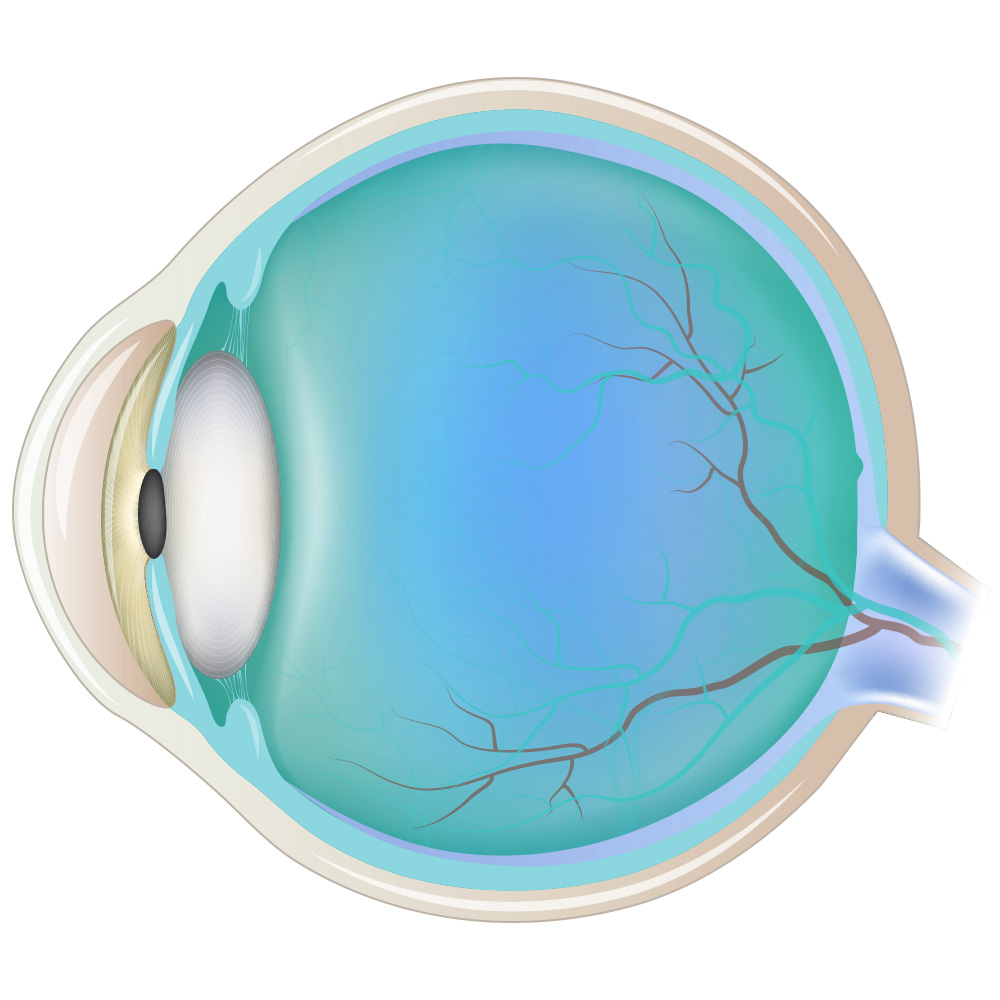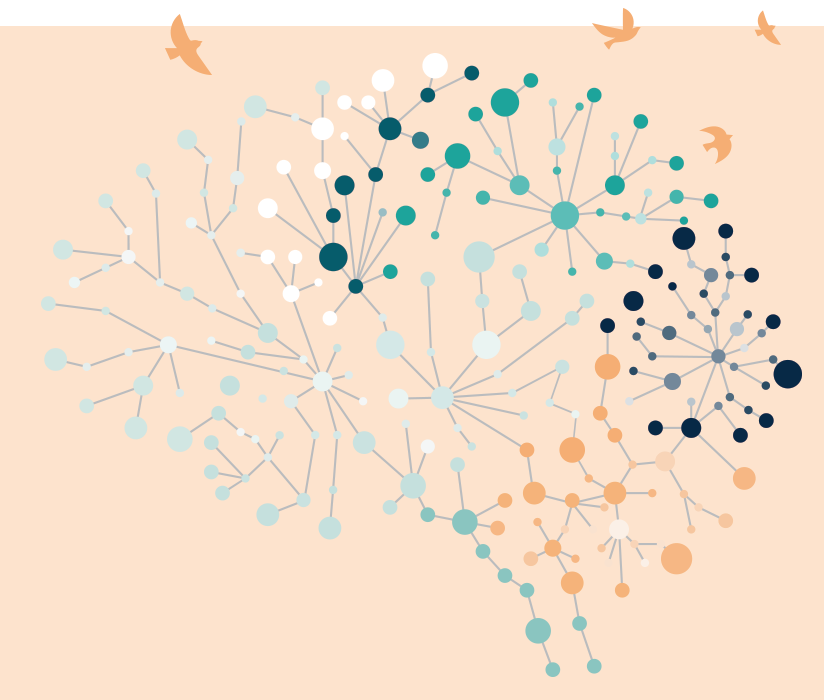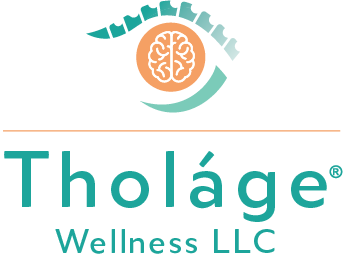Tholáge® is made up of 3 protocols, which consist of combinations of exercises.
These exercises are simple body-based actions, things your body does naturally, that you can use—along with specific mentalization exercises—to naturally generate neurochemicals that do different things.
While the role and interactions of neurochemicals is far more complex, and even “redundant,” than we can describe here, some truths exist about the Tholáge® exercises and the neurochemicals they access.
The exercises of Tholáge® let you:

And all of this equals further empowerment for you because you can use these exercises at home (with your therapist’s approval). Also, as you do them, over time, you build and strengthen new neural pathways, which allows you to manage your emotions more organically, in the moment.
Completely Novel Exercises–and the Neurochemicals That Go with Them
Tholáge® also includes completely new, body-based exercises, shown to access different neurochemicals than the one described above, with completely different purposes. These neurochemicals are associated with feelings of well being, safety, connection, focus, motivation, even love.
In fact, one of these neurochemicals in particular has been cited in the literature as being the main one to focus on for the treatment of trauma, as it plays an important role in memory processing and storage, and also helps create new neural pathways.
Your Tholáge® therapist will guide you through these exercises, along with specific mentalizations, to help you achieve a deeper sense of peace—one you can give yourself—in order to achieve more permanent changes and healing.


